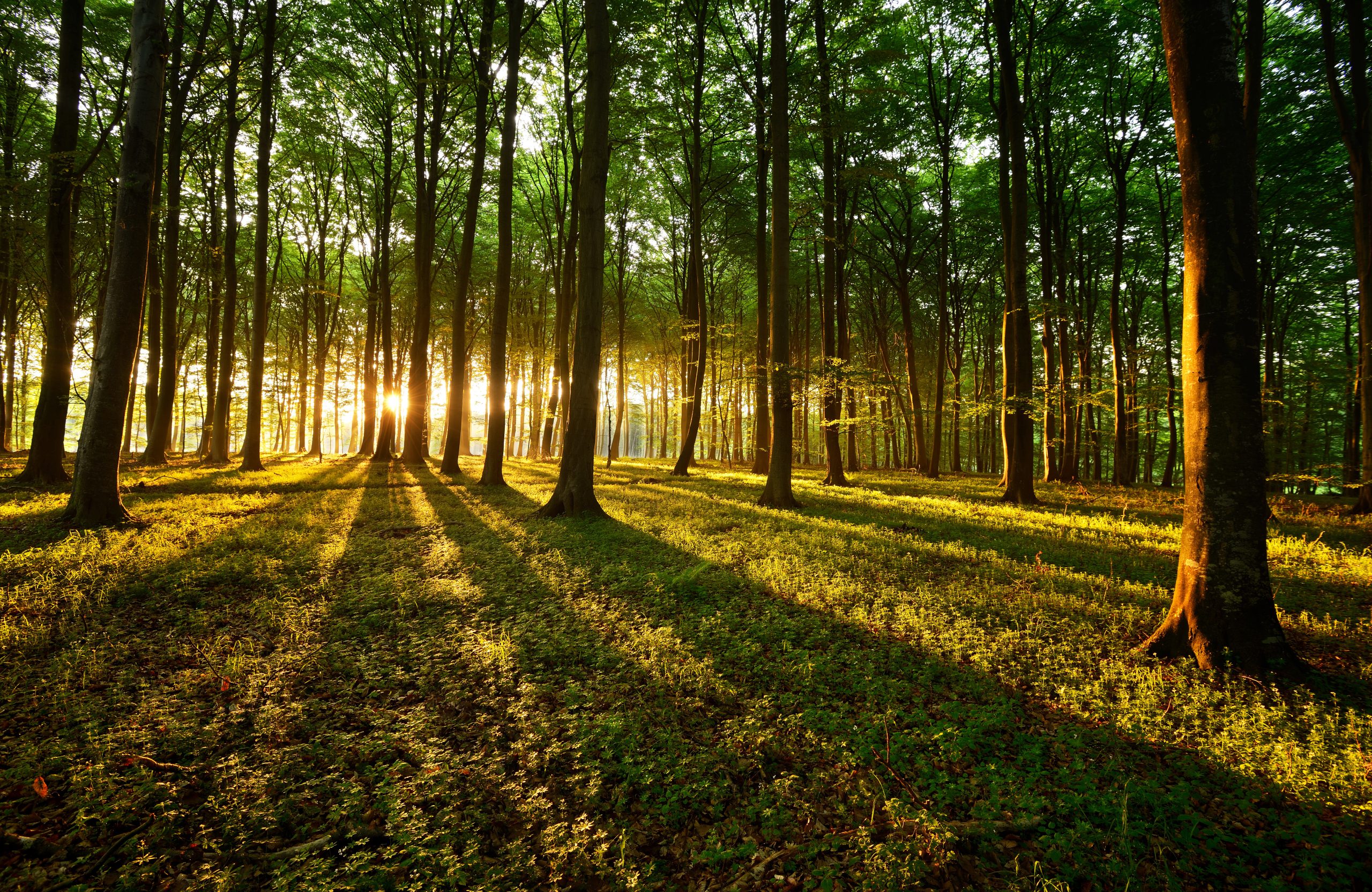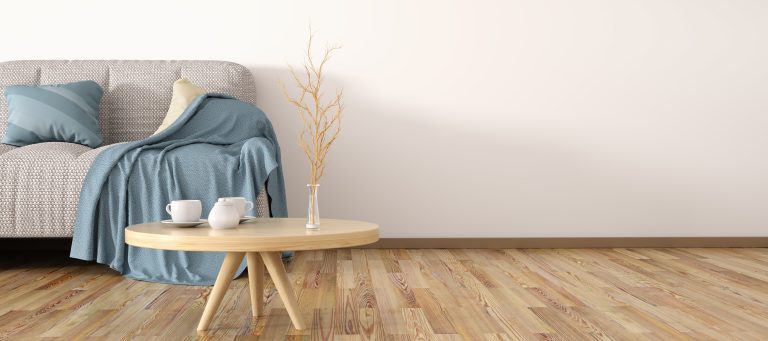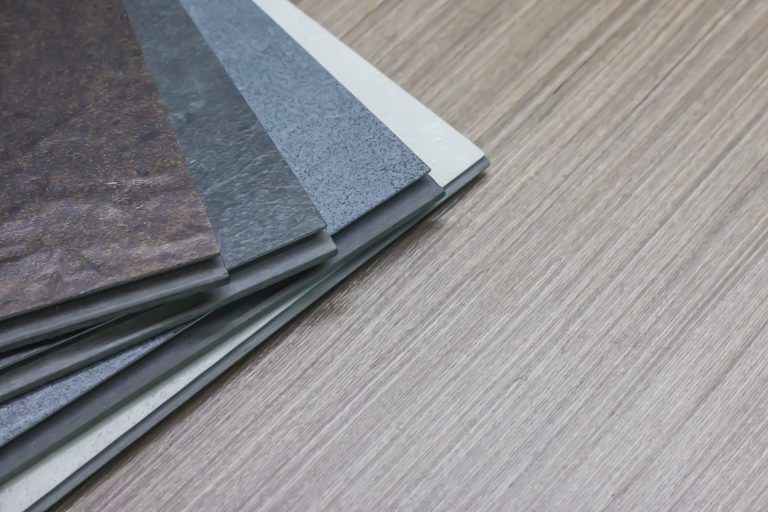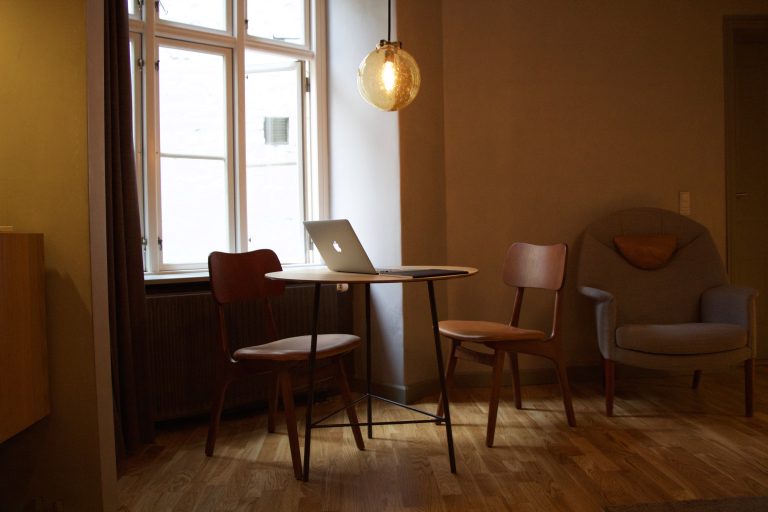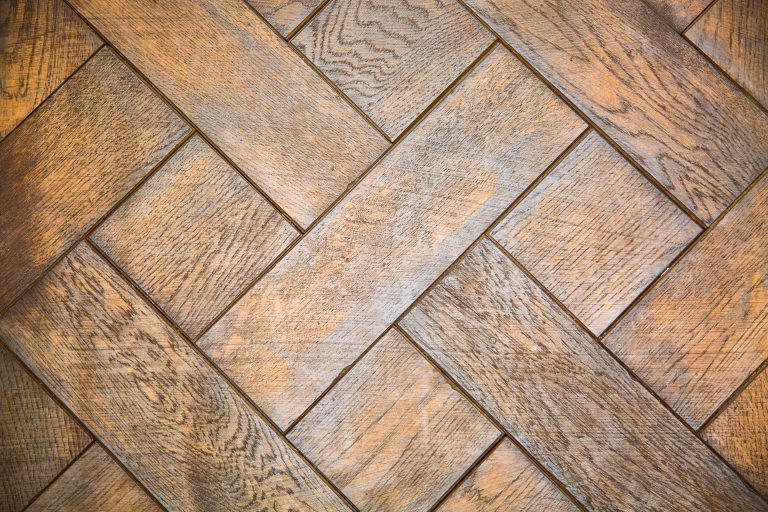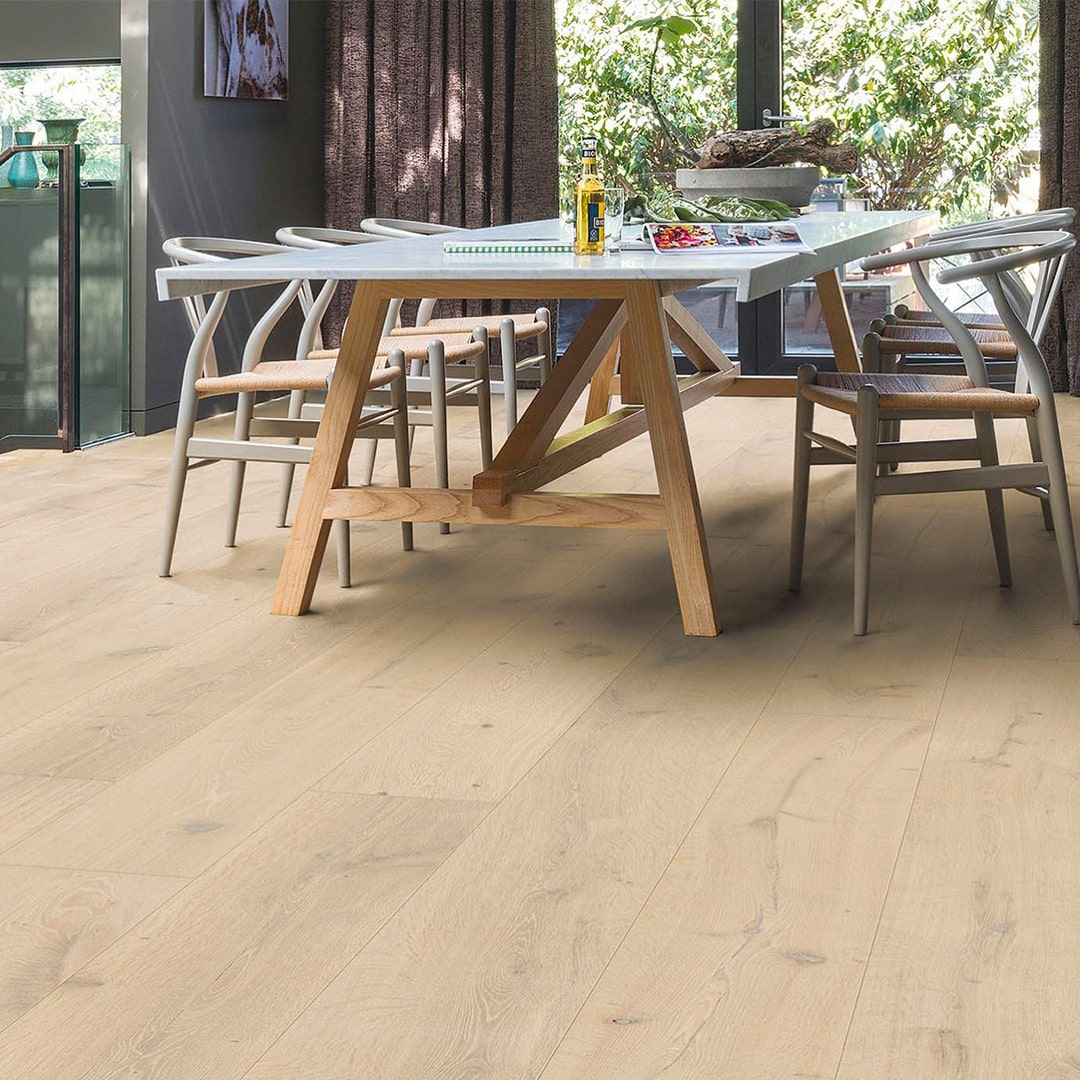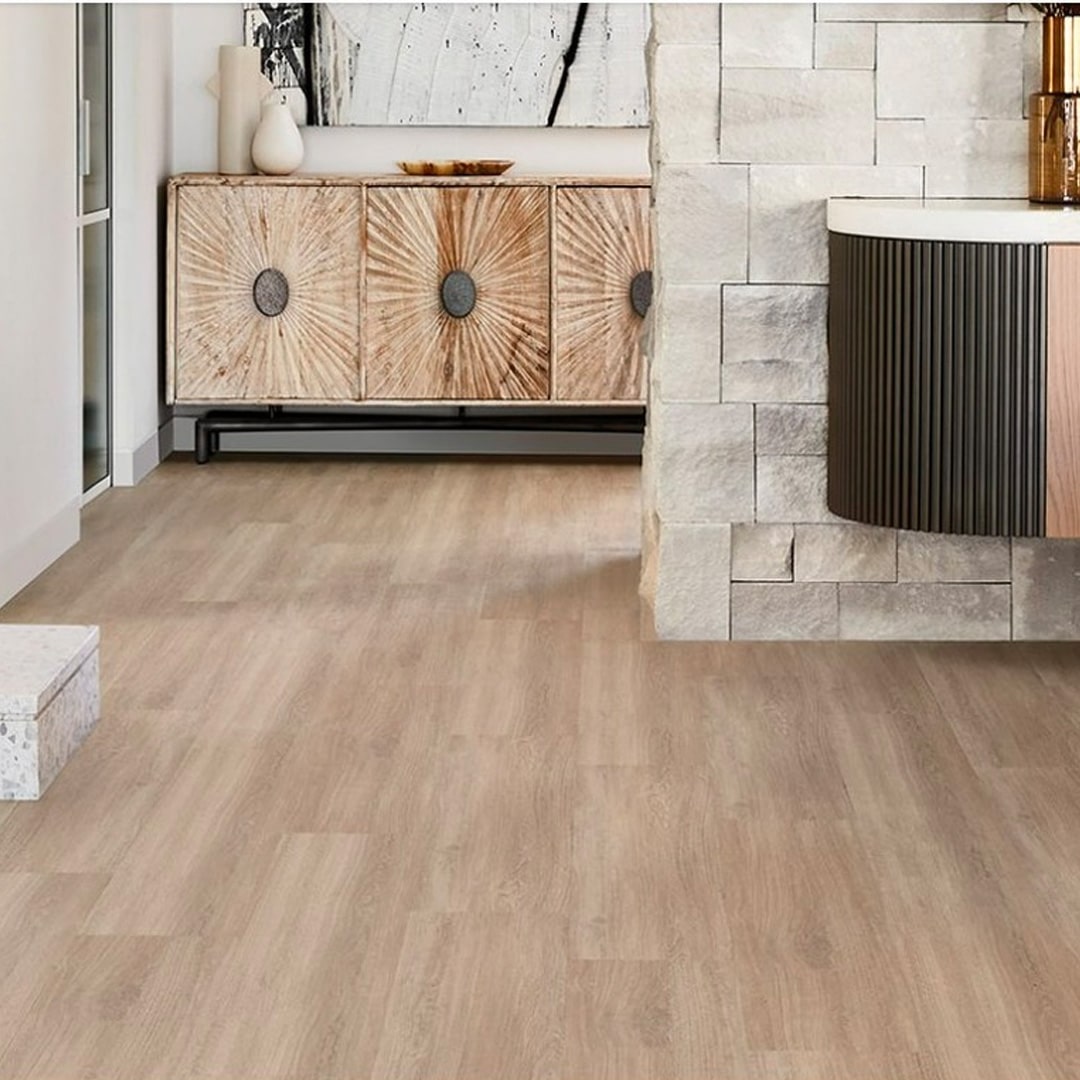The Different Species of Hardwood for Floors Part 1
What are the Different Types of Hardwood Species Used for Hardwood Floors?
If you’ve been doing any research on hardwood flooring, you know that there are a wide variety of different hardwood species used to create the finished planks you see on a floor
But unfortunately, there is very little information online detailing the benefits and features of each wood species.
Today, we’ll explain the difference in appearance and durability of the most common hardwood species used for flooring.
French Oak:
As one of the most popular types of hardwood, Oak timber is used around the world to create engineered and hardwood floors.
Take a look at the benefits of this species below:
Color: French oak features an incredibly soft tan-grey color composition that mixes well with any interior design style, from modern to rustic.
Durability: Unlike American Oak, French Oak is incredibly durable and hard-wearing. Because of how durable it is, French Oak is a popular choice for families with pets, young children, and regular guests.
Source: French oak is a rare, highly sought after wood species sourced from the forests of France.
Added Benefit: Unlike most timber species, oak is naturally resistant to mildew, mold, and termites.
Iron Bark:
Ironbark floors are another popular hardwood flooring choice throughout the country.
The benefits of Ironbark floors include:
Color: Although commonly referred to as “Grey Ironbark,” this wood species has a calming medium-brown tone that varies slightly depending on the specific tree it was harvested from.
Durability: All types of Ironbark flooring are unusually durable. They are hard-wearing, long-lasting, and not prone to denting in the way softer hardwoods do.
Source: Australia
Added Benefits: Like the French Oak timber species mentioned above, Ironbark timber is also naturally resistant to termites and pests.
Fun Fact: In the past, it was used by indigenous Australians to craft spears and other instruments.
Grey Gum:
Also known as Eucalyptus, Grey Gum is an easy-to-stain timber species that holds color extremely well.
The features of Grey Gum floors include:
Color: Although the color of Grey Gum floors varies, they are most commonly found in tones of dark tan and medium-brown, with dark-brown grain patterns.
Durability: Another incredibly durable hardwood species, Grey Gum is neck-and-neck with the durability of Ironbark timber and is rated at 14 on the Janka Scale.
Source: Australia
Solid Brushbox:
A classic timber choice for hardwood floors, Brushbox is an affordable but beautiful hardwood species.
The features of solid Brushbox floors include:
Color: Hallmarked by its unique combination of warm tan and brown shades in each plank, Brushbox is a great way to improve the appearance of any home.
Durability: As one of the softer hardwood species available, Brushbox timber is rated as a 9.5 on the Janka hardness scale. This means Brushbox is more susceptible to dents, so be sure to protect the floor from heavy furniture with rugs and floor gliders.
Source: Australia
Understanding the benefits and features of each hardwood species is key to determining the type of hardwood floor you want to install.
To keep learning, stay tuned for the second half of this 2-post series!

